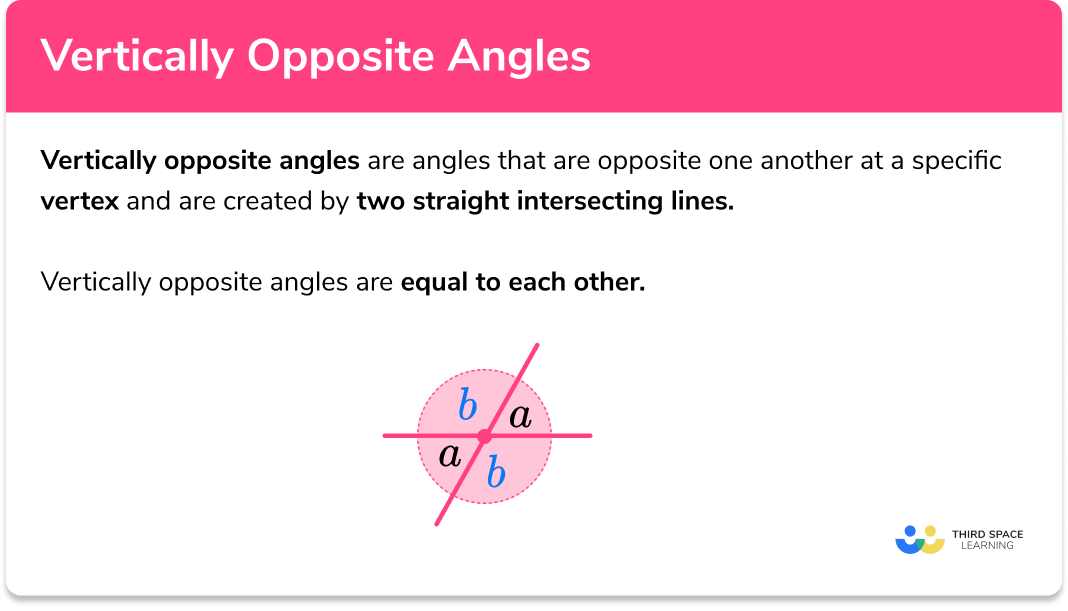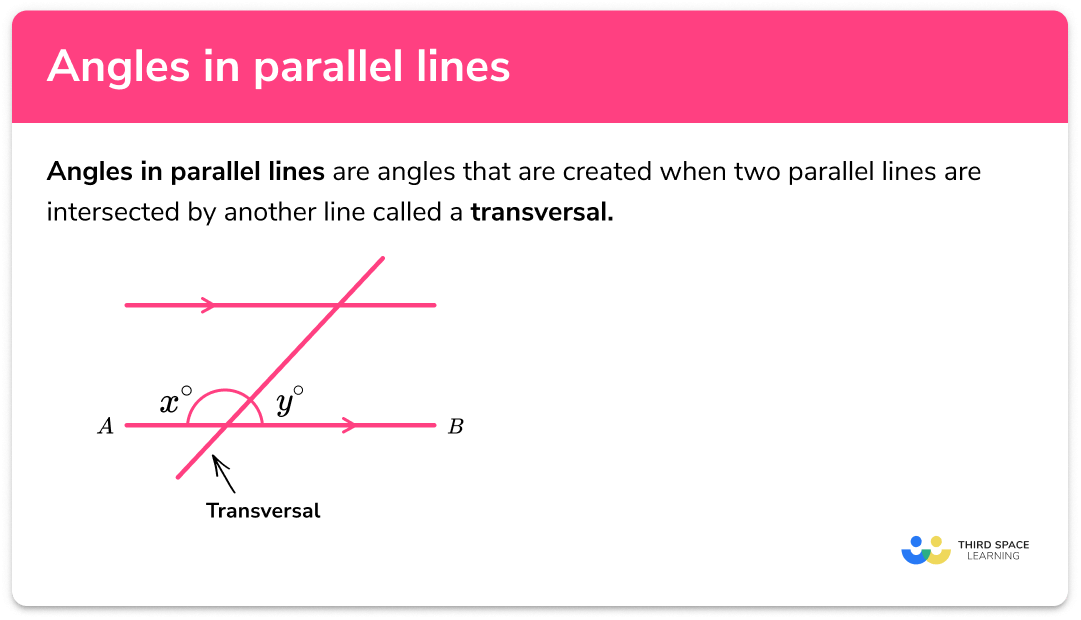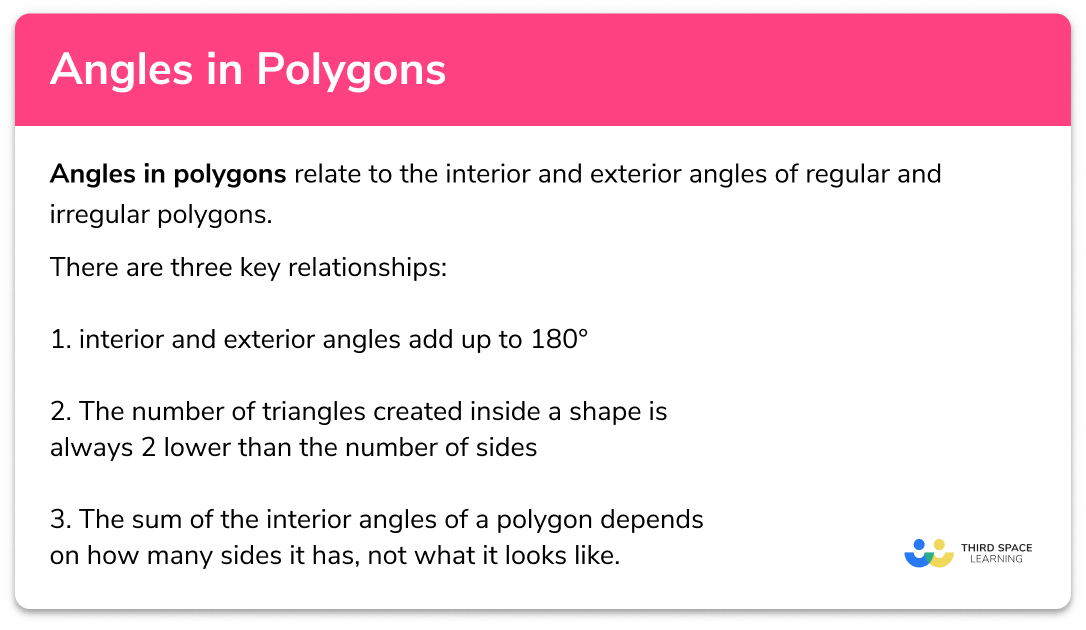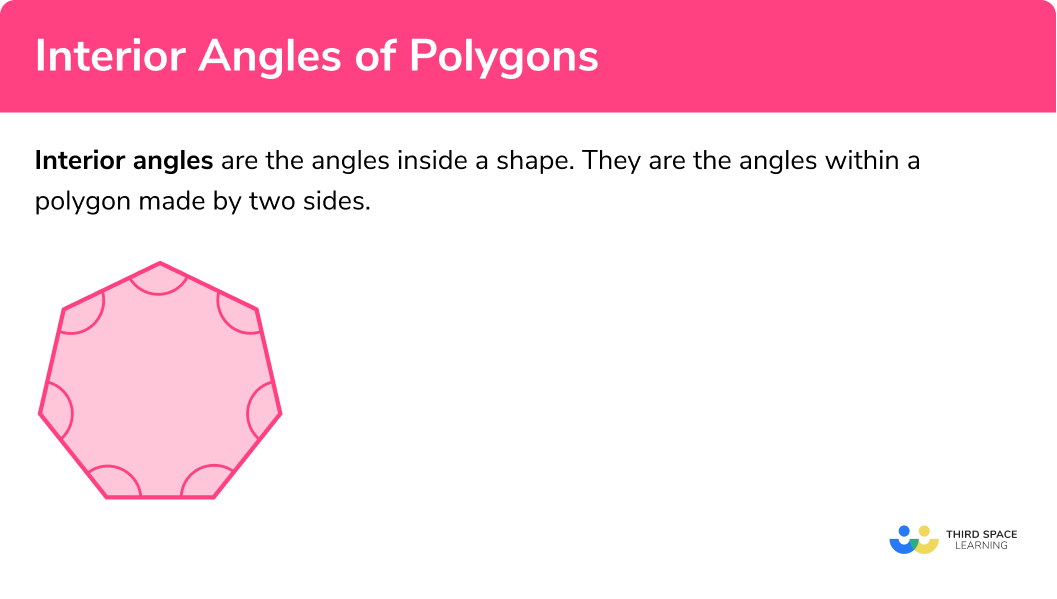FREE DOWNLOAD
Angles in Parallel Lines Worksheet

Help your students prepare for their Maths GCSE with this free angles in parallel lines worksheet of 35 questions and answers
- Section 1 of the angles in parallel lines worksheet contains 27 skills-based angles in parallel lines questions, in 3 groups to support differentiation
- Section 2 contains 4 applied angles in parallel lines questions with a mix of worded problems and deeper problem solving questions
- Section 3 contains 4 foundation and higher level GCSE exam style angles in parallel lines questions
- Answers and a mark scheme for all questions are provided
- Questions follow variation theory with plenty of opportunities for students to work independently at their own level
- All questions created by fully qualified expert secondary maths teachers
- Suitable for GCSE maths revision for AQA, OCR and Edexcel ex
Angles in parallel lines at a glance
A pair of straight lines on a plane are parallel if they never meet, and are usually denoted by arrows. When a pair of parallel lines is cut with an intersecting line (called a transversal), corresponding angles and alternate angles are formed. There are associated angle facts about corresponding angles, alternate angles and co-interior angles, which are useful when solving problems to find missing angles in parallel lines.
To identify alternate angles, we look for a Z shape. The pair of angles inside the z shape are alternate interior angles, and these are equal. Alternate exterior angles are formed outside the pair of parallel lines, and these are also equal. The distinction between alternate interior angles and alternate exterior angles is not required at GCSE, but can be useful for encouraging students to look outside the pair of parallel lines for pairs of angles.
To identify corresponding angles, we look for an F shape and the pair of angles inside the two ‘arms’ of the F are equal. As a general rule, corresponding angles occur on the same side of the transversal line,
When parallel line diagrams are given in GCSE exam style questions, they are not drawn to scale; it is important to remind students that they cannot measure the size of the angle using a protractor, and they should solve using geometric reasoning and angle properties instead.
Looking forward, students can then progress to additional angles worksheets and other geometry worksheets, for example an angles in polygons worksheet or volume and surface area of spheres worksheet.

For more teaching and learning support on Geometry our GCSE maths lessons provide step by step support for all GCSE maths concepts.
Do you have students who need additional support?

With Third Space Learning's secondary maths tutoring programmes, students in Year 7-11 receive regular one to one maths tutoring to address gaps, build confidence and boost progress.
"My confidence in the tutoring is high. We've had some phenomenal results. I even had one girl get a Grade 8 this year; she came to every tutoring session."
Stacey Atkins, Maths Director, Outwood Grange Academies Trust




